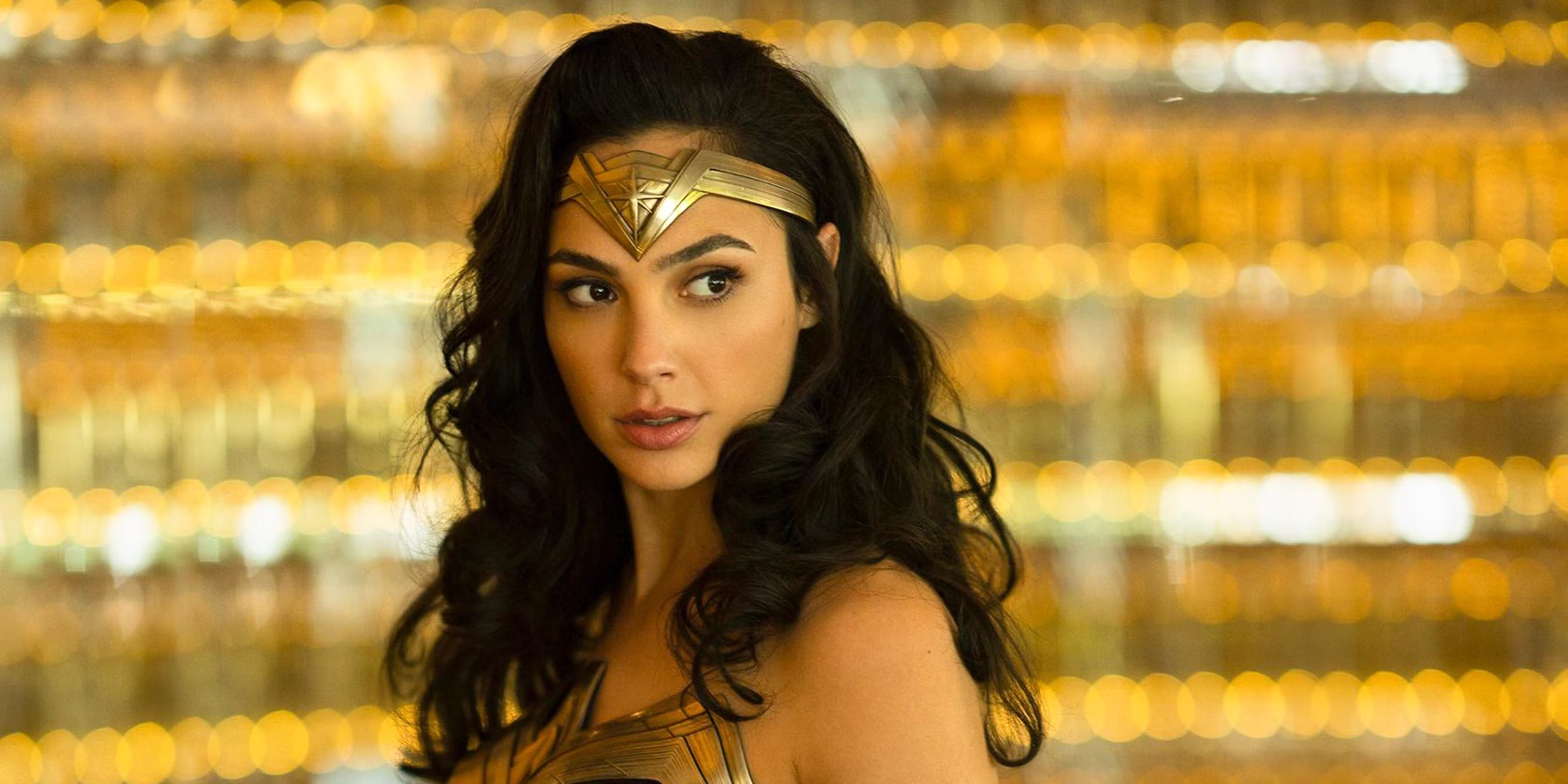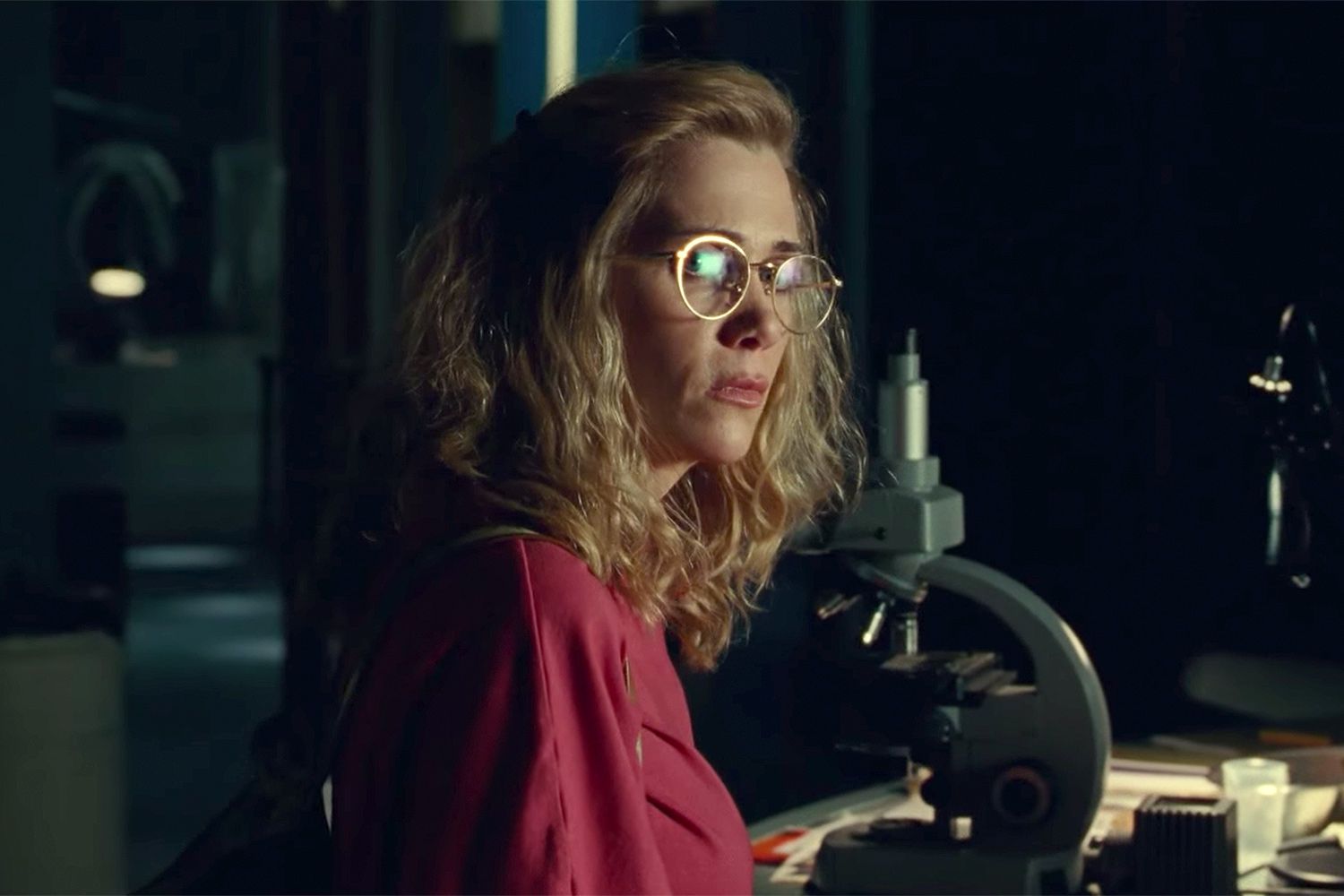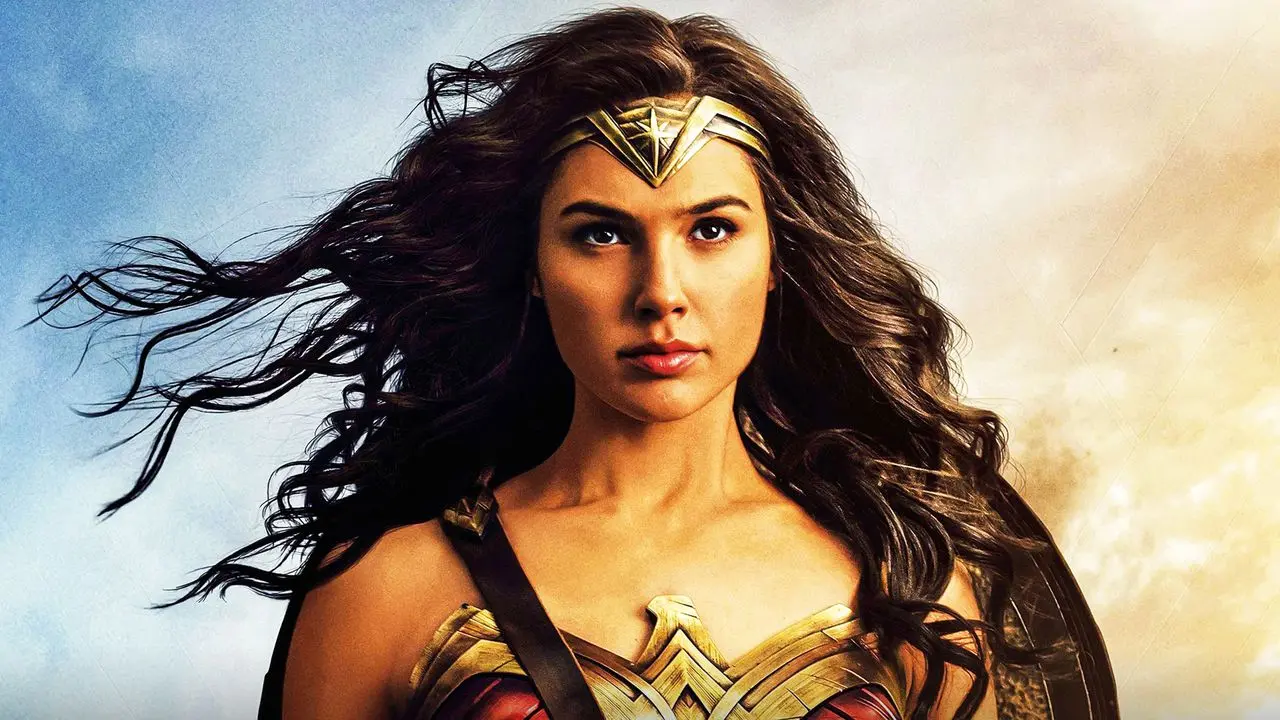From the dramatic vistas of Themyscira to the gritty streets of wartime Europe, Wonder Woman catapulted Gal Gadot into the limelight, proving her mettle as a leading lady in Hollywood. The 2017 film not only garnered critical acclaim but also established a fervent fan base eager for more. However, Wonder Woman 1984 diverged from its predecessor’s winning formula, resulting in a lukewarm reception at the box office and leaving fans and critics underwhelmed.

Flawed Foundations: Where Wonder Woman 1984 Went Wrong
At the heart of the sequel’s struggles was its antagonist portrayal and the controversial narrative choices. Unlike the first film’s compelling conflict and charismatic villain, Wonder Woman 1984 faltered with a less menacing adversary and questionable plot developments, particularly around Chris Pine’s character, Steve Trevor.
Kristen Wiig’s character, Barbara Minerva, transforms into the villainous Cheetah. While her descent into villainy was intended as a high point, it felt rushed and underdeveloped, diminishing the character’s impact and leaving audiences disconnected. Fans like those from JazyProduction highlighted the mishandling of the Cheetah storyline, noting that while the intent was there, the execution was lackluster.
The cgi and the bringing her ex back in another man’s body without consent and she sleeps with him, the cheetah storyline was handled well but the main villain was underwhelming.
Moreover, the decision to bring Steve Trevor back in another man’s body sparked significant controversy. The film glosses over the ethical implications of this choice, especially problematic given the intimate scenes that follow, which many, including voices on social media, criticized as inappropriate and insensitive. This choice felt particularly tone-deaf during the heightened awareness of the #MeToo movement.

The setting of the 1980s, unlike the poignant backdrop of World War I in the first film, failed to resonate deeply with the narrative, making the film feel more like a nostalgic gimmick rather than a coherent part of the story. The climactic battle and resolution involving Pedro Pascal’s Maxwell Lord were also seen as underwhelming, failing to deliver the emotional and thematic weight expected of a superhero film climax.
A Misstep in a Stellar Journey
Despite these setbacks, Gal Gadot’s performance remained a strong point. Zack Snyder, speaking about Gadot’s casting, praised her ability to stand out even alongside seasoned actors like Ben Affleck during her screen tests.
She really held her own with Ben in the screen test. Ben was like, ‘Whoa, that girl is something else!’
Snyder recounted to FilmInk. This commendation highlights her undeniable screen presence and capability, which were instrumental in her initial casting as Wonder Woman.

Sadly, as Wonder Woman 1984 might mark Gadot’s last feature as the iconic Amazonian warrior, it underscores a bittersweet conclusion to what could have been a more triumphant saga. The film’s performance and reception might deter the continuation of Wonder Woman’s story, with potential sequels uncertain.
In retrospect, while Wonder Woman 1984 aimed to replicate the success of its predecessor, it serves as a case study in how crucial cohesive storytelling and character development are to the success of a franchise. The film’s missteps, notably its handling of sensitive themes and character arcs, underscore the fine balance required in sequel-making—a balance that, this time, was not achieved.
